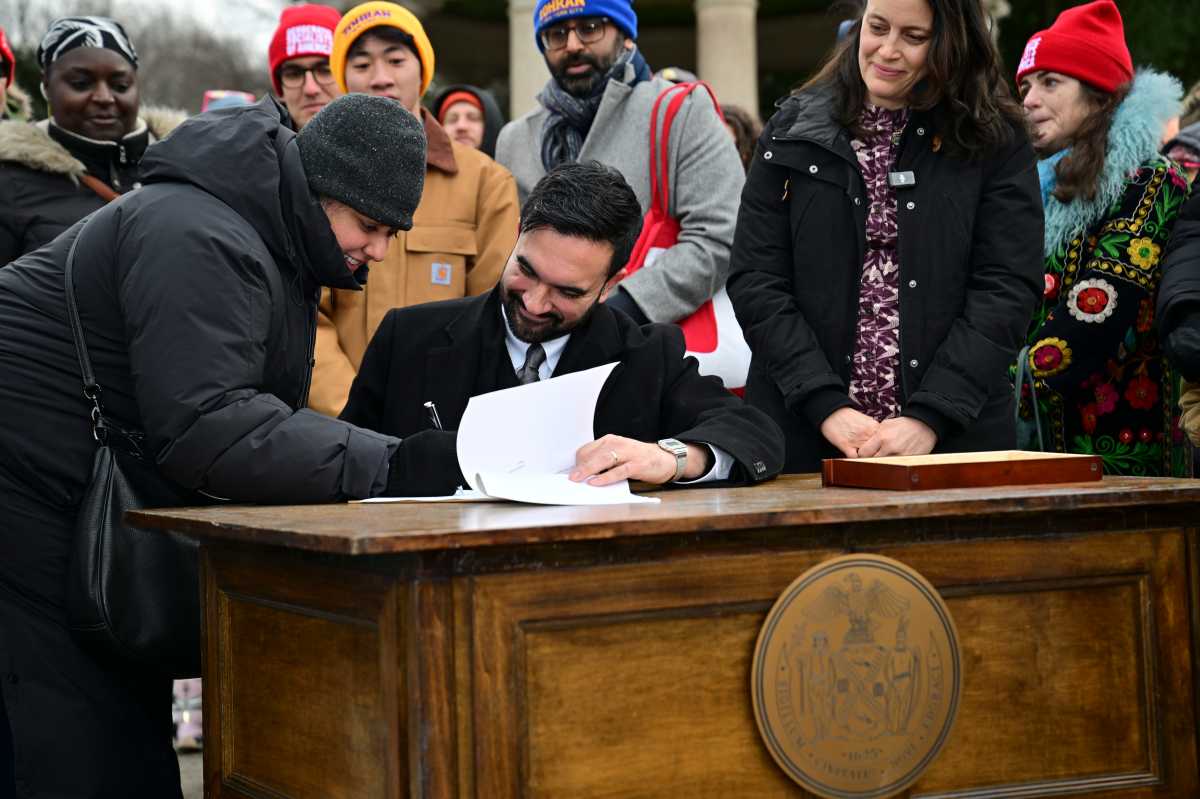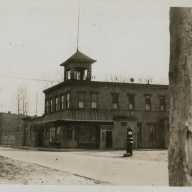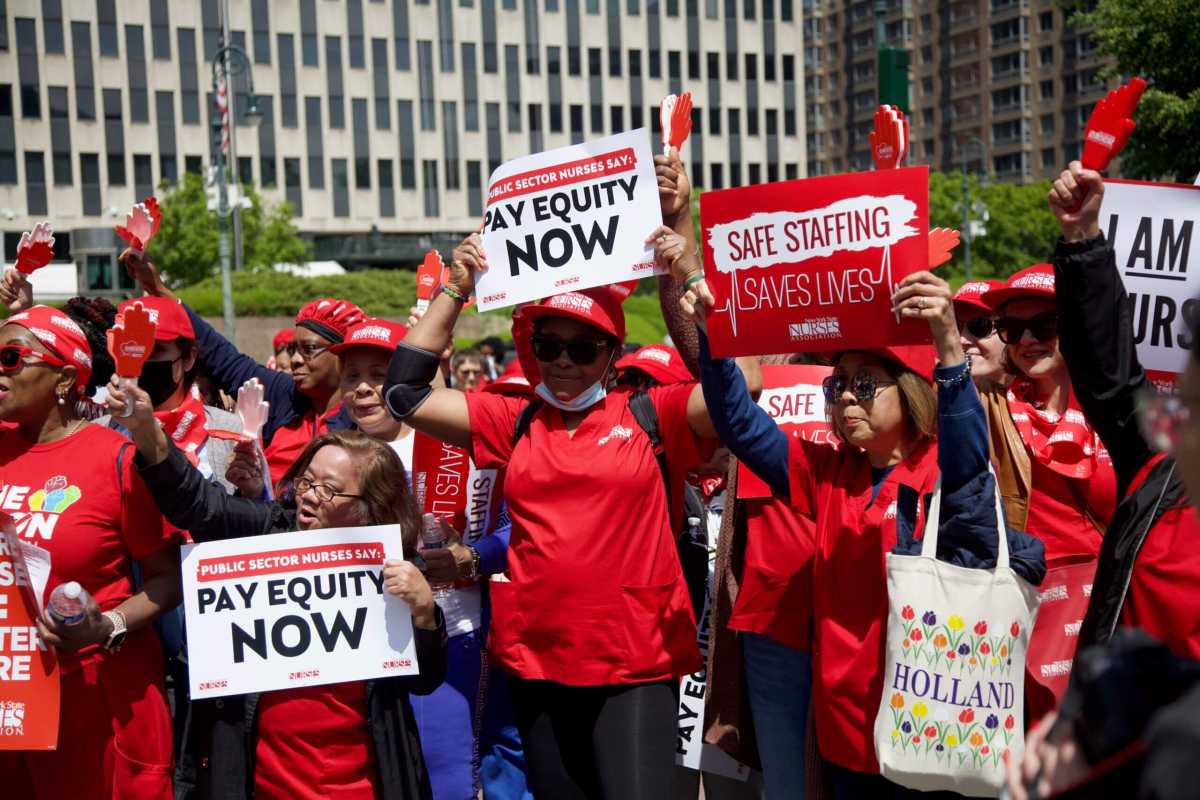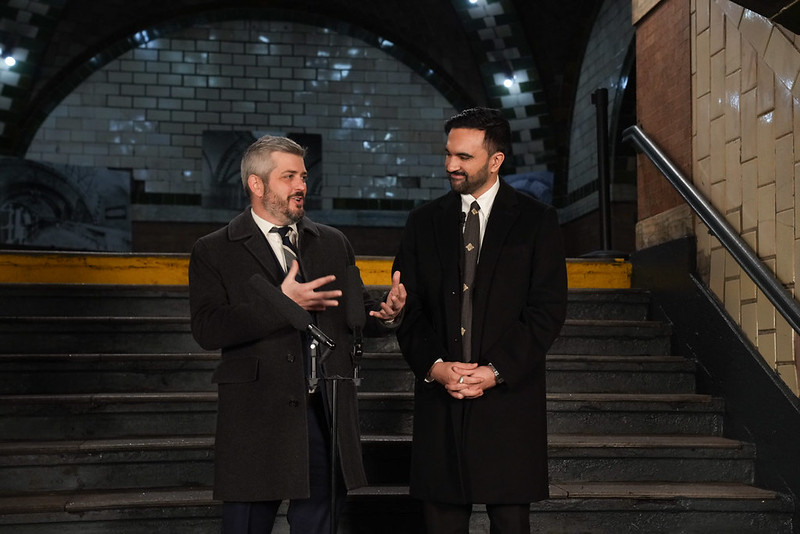More city motorists may be getting tickets because of shorter yellow lights at the city’s red-light cameras, the New York Post reported.
AAA New York, through recent random surveys, found that at intersections with the cameras that catch drivers running reds, yellow lights were “shorter by as much as 15 percent compared to the city standard.”
According to the Department of Transportation (DOT), at the average 30 mph intersection, yellow lights are supposed to be three seconds long, but AAA found that at intersections with red-light cameras, yellow lights were 2.53 seconds, the Post reported.
In the city, there are 170 red-light cameras at 150 intersections, said the Post.
According to the paper, AAA is planning on using these findings to prevent the red-light program from expanding.
“Municipalities must remember that public support for the programs will remain only if the programs are fair and target deliberate red-light running, not drivers trapped by short “yellow” (amber) times,” said AAA New York on its website.
But the DOT is refuting AAA’s findings.
“This ‘study’ is bogus and the real victims here are the New Yorkers who have lost their lives in red-light running crashes. Red-light cameras save lives and deter dangerous driving, and we should dedicate resources to dangers that are killing people instead of false ‘gotcha’ claims. Two of the locations in this ‘study’ don’t even have red-light cameras and the other two—out of nearly 12,500 signalized intersections citywide—are properly timed. New York’s red-light cameras operate with a .3-second delay so that any minor variations don’t result in violations. Even though there is no legal requirement, all signals citywide are timed to the same standard regardless of whether there are cameras,” said DOT Commissioner Janette Sadik-Khan.
AAA tested the yellow lights at four Manhattan intersections: First Avenue and 125th Avenue; Madison Avenue and 96th Street; Amsterdam Avenue and 110th Street; and Amsterdam Avenue and 96th Street.
































